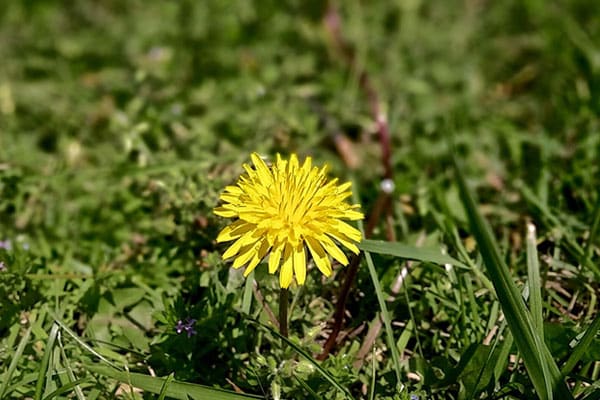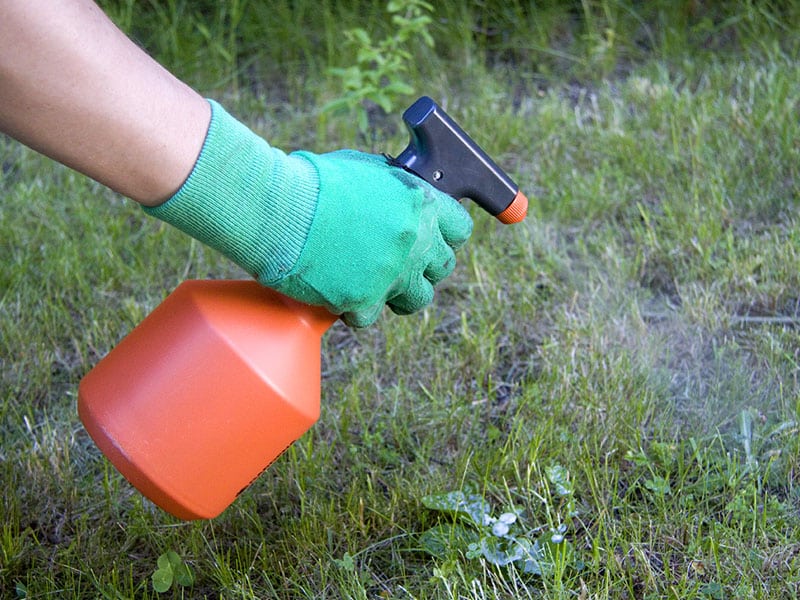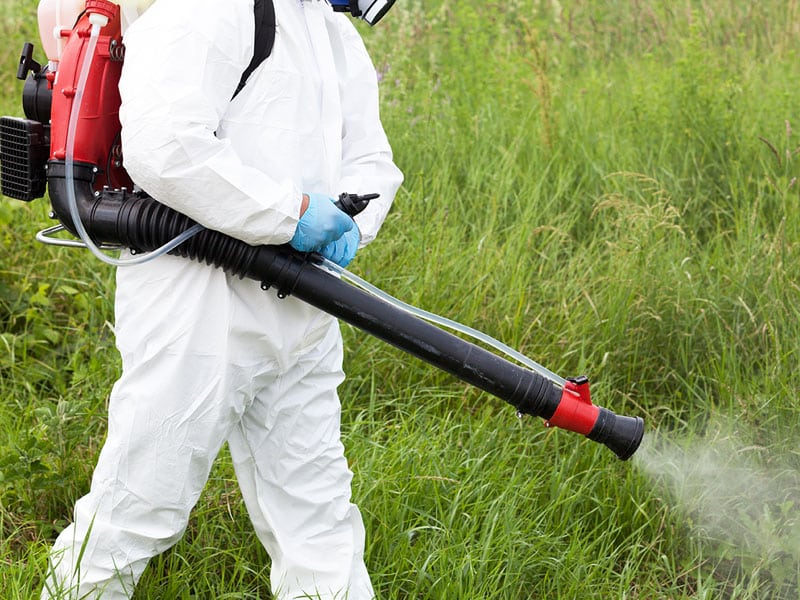Contents

While we all want lush, full, and green lawns, it takes a tremendous amount of planning and consistent work to keep your lawn looking its best. However, controlling weeds in the lawn on your own will be a challenge no matter what your plan is, as dandelions, crabgrass, clovers, quackgrass, moss, and other related weeds force homeowners to seek the best lawn weed control service available to them.
Worst of all, lawn weeds can multiply in a very short amount of time. The typical weed control plan consists of monthly visits, but those hard-to-control weeds can regerminate and pop back up in as little as 10 days, so it’s important to be patient and understand that this is a process, not a one-time fix. Getting the right type of weed killer for your lawn is the first step, but there are other steps that homeowners can take to improve the look of their lawn, supplementing an effective lawn weed control plan.
Reduce the potential for weeds to thrive in your lawn
Keep your grass
watered
Few characteristics can encourage the uncontrolled growth of weeds as much as a dry lawn, particularly in the summer. How to best control the weeds in your lawn starts with watering your grass often, particularly in the early morning or early evening. Watering at this time will help prevent your lawns from “burning” particularly in the middle of the summer. Set your sprinkler system to water at these times of the day, or plan to manually water your lawn accordingly. Keep in mind, however, that watering too much, especially during rainy and humid weather periods, can actually hurt your lawn. Overwatering when it has already rained is the perfect environment for fungal diseases to thrive in your lawn, mimicking dead grass in yellow, brown, or red patches.
Keep your grass mowed at medium length
We all enjoy the look of freshly mowed grass, but cutting your grass as short as possible is unhealthy for your lawn. An effective lawn weed control plan includes keeping your grass high enough to prevent weeds from easily sprouting, MSU’s turf department recommends 2.5 inches. Do not mow lower than 2 inches, and if you use a mowing company to take care of the lawn, make sure they do not cut lower than this length. Some mowing companies will mow too low so they do not need to come back as often, and it’s important to have a conversation with them about what you want, so you can both do what is best for your lawn. Some homeowners may choose to mow twice a week at higher levels to further promote lawn health, but the choice is ultimately up to you.
Make sure the soil in your lawn is not compacted
This can be a time-consuming task, but having a layer of soil that is one-quarter to one-half inch thick can make a significant difference in the health of your lawn. You can also consider an aeration plan that will better allow water, air, and nutrients to reach grass roots. This can be done by digging holes in the soil at places throughout your lawn. If you have underground lines, irrigation, or invisible fencing that prohibits you from a mechanical core aeration, find out more about the bio aeration we offer here at Contender’s and see if it would be the right fit for you.
A lawn weed control plan should be established

Even if you follow the above steps, weeds can still overwhelm your lawn in certain places. That’s why lawn weed control will often require some type of specialized lawn treatment. Every treatment is different and will often target very specific weeds, leaving others free to thrive and choke the life out of your lawn.
You will want to examine your lawn and take note of areas where weeds are common. You will find that many weeds such as crabgrass and nutsedge tend to cling to the thinner areas of your grass, such as driveway edges, bed edges, along sidewalks, etc. Simply purchasing a product that claims to be “the best weed killer for lawns” may not be the best approach. Most weed killer products only target certain weeds.
Developing and executing a plan for using a weed killer or treatment takes time and discipline, not to mention ongoing research. Remember that there are seasonal products designed to help control the weeds in the spring, summer, fall and during the dormant winter months. Aerating your lawn in the spring and fall can be particularly beneficial.

Furthermore, there are different lawn weed control plans for lawns with hard-to-see but emerging weeds compared to established, visible weeds. With any weed killer for lawns, be sure to read the directions two to three times before applying so you understand what is required for optimal treatment. This may sound obvious, but it is important to make sure the weed control you have purchased is for lawn weeds! We have seen cases where lawns have been destroyed by a homeowner using flower bed herbicides such as RoundUp in the lawn. Please make sure that your weed control is rated for lawn use only.
Some homeowners will spray vinegar with 10 to 20 percent acetic acid mixed with water on lawns as a do-it-yourself effort. This can be an effective way to get rid of some, but not all weeds, according to research by the USDA. Continual vinegar spraying is required to maintain weed control in your lawn, and keep in mind it may have a foul odor.


It should be noted that executing lawn weed control on your own versus contracting with a lawn weed control service not only takes up a significant amount of time on your end, but it could end up costing you more in the long run. Compare plans and total costs to determine which choice best fits your schedule and pocketbook.
Organic weed killer for lawns is popular for many business owners and homeowners. These treatment products include organic herbicides that contain plant-derived concentrates such as clove oil or citric acid. While using organic weed killer can be effective, these concentrates may not be effective against all weeds. They also can kill any plant they come into contact with. Care is needed when applying. It’s important to keep in mind that there is no such thing as 100% organic weed control. Every time that weed control is applied, it is designed to kill weeds, so it will always contain a product that is designed to knock down these pests. Any company who markets their weed control as 100% organic is not being truthful about the makeup of their products.
Here are a few ways to tell that your lawn is having weed or other health issues

Weeds are overtaking portions of your lawn that are different in size, shape, and/or color from typical turfgrass.

Dry or dead patches are appearing in various parts of your lawn (this could be a result of several different factors from insects to fungus to poor soil to mistakes with do-it-yourself treatments).

Visible moss appears in some areas of your lawn.

Brown, red, and yellow patches are common in your lawn.
Consider a regular weed control plan for your lawn
Given all the time and work that goes into managing the best weed killer plan for your lawn, you may want to consider the professionals at Contender’s Tree and Lawn, who will provide hassle-free weed control plans informed by experience and extensive knowledge. We can provide a free estimate that will ensure the job gets done right the first time so that you can show off a lawn that you can be proud of and your neighbors will envy. Contact Contender’s to learn more today!

